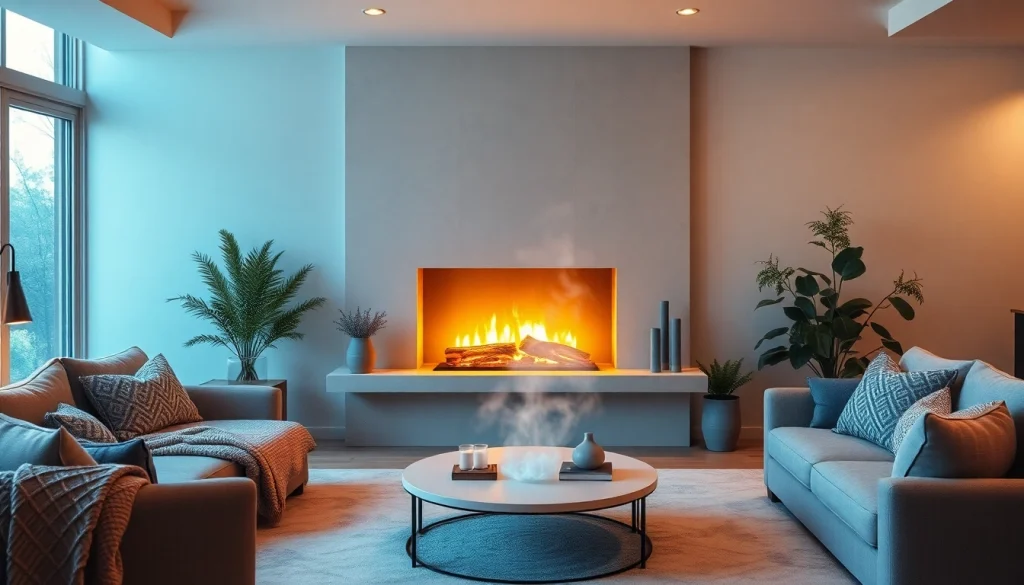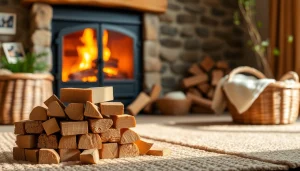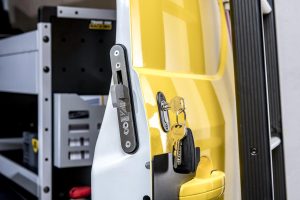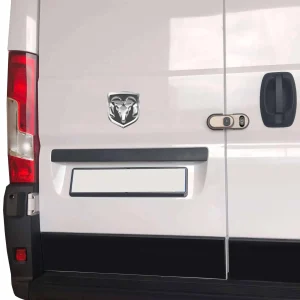Transform Your Space with a Realistic Water Vapor Fireplace: Safety, Style, and Innovation

Understanding Water Vapor Fireplaces
What is a Water Vapor Fireplace?
A water vapor fireplace is a modern electric fireplace that utilizes ultrasonic technology to create an illusion of flames using water vapor. Unlike traditional fireplaces that rely on combustion, water vapor fireplaces provide a safe and efficient way to enjoy the aesthetic and ambiance of a fire without producing any real heat. The illusion of flickering flames is achieved by creating a fine mist from water that is illuminated by strategic lighting. These fireplaces are gaining popularity not only for their visual appeal but also for their energy efficiency and safety features.
Many homeowners are looking for ways to integrate the cozy feel of a fireplace into their homes without the associated risks and maintenance of wood-burning or gas fireplaces. With water vapor fireplaces, users can enjoy the warmth of a glowing ambiance without the smoke, soot, or emissions of traditional fires.
How They Work: The Technology Behind the Illusion
Water vapor fireplaces operate on a rather ingenious mechanism. At the core of their functionality is an ultrasonic transducer, which vibrates at high frequencies to create very fine droplets of water. This mist is then impacted by LED lights that shine through it, producing a strikingly realistic flame-like effect. The resonant frequency of the ultrasonic waves produces small, uniform droplets that rise and disperse, enhancing the visual quality of the flames.
Most models feature adjustable settings, allowing users to customize both the appearance of the flames and the amount of vapor emitted. Many advanced models also include sound effects that mimic crackling wood or flickering flames for a more immersive experience. With no combustion taking place, water vapor fireplaces typically require less maintenance than traditional units, making them an ideal choice for those seeking low-effort solutions for ambiance.
Advantages of Choosing Water Vapor Fireplaces
One of the most appealing aspects of water vapor fireplaces is their immediate aesthetic benefit—adding ambiance to any space. However, their advantages extend beyond mere looks:
- Safety: Since there are no real flames or burning materials involved, these units are child- and pet-friendly, significantly reducing the risk of fire hazards commonly associated with traditional fireplaces.
- Energy Efficiency: Water vapor fireplaces consume significantly less electricity compared to electric heating units and do not require fuel, making them a cost-effective option for ornamental heating.
- Environmentally Friendly: They produce negligible emissions and do not pollute indoor air quality, thus providing a cleaner alternative to conventional heating methods.
- Versatile Designs: Available in a range of styles from modern minimalist to classic configurations, water vapor fireplaces can seamlessly fit various interior design schemes while enhancing the overall décor.
- Maintenance: These fireplaces generally require less upkeep than their traditional counterparts—no chimney cleaning or wood disposal necessary.
Safety Benefits of Water Vapor Fireplaces
Child and Pet Safety Features
The sophisticated design of water vapor fireplaces inherently provides a safer environment for households with children and pets. With no open flames or burning wood, the risk of accidental burns or fires is significantly reduced. Many models also include additional safety features like automatic shut-off circuits, alarm functions, and water level sensors, ensuring that the fireplace operates safely. Their cool-to-touch surfaces eliminate the potential for scalding, which is particularly important in families where small children or curious pets reside.
Environmental Impact and Indoor Air Quality
Another critical benefit of water vapor fireplaces is their positive impact on indoor air quality. Traditional fireplaces can release particulates, carbon monoxide, and other harmful gases into the atmosphere. In contrast, water vapor fireplaces function without combustion, meaning they do not emit toxins or pollutants. This is especially beneficial for individuals with respiratory conditions or allergies, providing them with a gentle and clean source of ambiance while ensuring air quality is not compromised. Additionally, because they use mere water, they conserve resources and utilize sustainable energy.
Regulations and Safety Standards
Unlike traditional fireplaces, which must meet rigorous safety and environmental regulations, water vapor fireplaces typically adhere to safer standards. Manufacturers often ensure compliance with safety certifications from governing bodies, such as UL or ETL, which test and validate appliances for safe residential use. Always checking for these certifications when selecting a water vapor fireplace can further ensure that the product adheres to appropriate safety measures and will perform reliably.
Choosing the Right Water Vapor Fireplace for Your Home
Design Considerations: Styles and Aesthetics
Choosing the right water vapor fireplace involves considering various design aspects that align with your home’s aesthetic. Water vapor fireplaces come in a plethora of styles, ranging from sleek and modern to classic and rustic. Many options are customizable, allowing homeowners to select from various finishes, sizes, and features. Here are some key considerations:
- Style Compatibility: Ensure that the fireplace design complements existing decor. Whether you prefer a contemporary linear style or a more traditional mantelpiece, various models cater to different tastes.
- Size: Evaluate the dimensions of the space where the fireplace will be located. A bigger model might dominate a small room, while a smaller unit may not provide sufficient visual impact in a larger space.
- Functionality: Some models offer multifunctional features—like heating capabilities or adaptative lighting systems—that can enhance their practical use.
Size and Placement: Finding the Perfect Fit
Proper sizing and placement are critical for both functionality and aesthetics. Before purchasing, measure the area where the fireplace will be installed. Considerations include viewing angles, proximity to seating areas, and potential obstructions. The fireplace should not only fit within the designated space but also enhance the visual flow of the room. Placing the fireplace in a focal point—such as an entertainment area or cozy nook—can greatly enhance its ambiance.
Moreover, think about the access to water supply and how the fireplace will connect to existing power sources. Some models can be installed as built-ins, while others work as freestanding units and can be moved easily to suit varying layouts.
Electric vs. Traditional Fireplaces: Pros and Cons
When considering a water vapor fireplace, homeowners often find themselves weighing the pros and cons against traditional fireplaces:
Electric Fireplaces:
- Pros: Easy installation, minimal maintenance, adjustable ambiance, safe for children/pets.
- Cons: Limited heat output (if any), reliance on electricity, occasional maintenance on water supply.
Traditional Fireplaces:
- Pros: Provides genuine warmth, classic aesthetic appeal, can use renewable resources (like wood).
- Cons: Requires significant maintenance (cleaning flues, storing wood), hazards related to open flames, air quality impact from emissions.
In conclusion, while traditional fireplaces have their charm, their limitations make water vapor fireplaces an appealing alternative for those prioritizing safety, convenience, and modern aesthetics.
Maintenance Tips for Water Vapor Fireplaces
Cleaning and Care Guidelines
While water vapor fireplaces are generally low-maintenance compared to traditional fireplaces, they still require periodic care to ensure optimal performance. The water reservoir should be emptied and cleaned regularly, especially if using tap water that may contain minerals. A mixture of vinegar and water can effectively remove mineral buildup without damaging the internal components. Additionally, the exterior surfaces should be wiped down regularly to prevent dust accumulation.
It’s also advisable to inspect the ultrasonic transducer and any filters that may come with the unit, following the manufacturer’s recommendations for maintenance intervals. Keeping the fireplace clear of obstructions and ensuring proper ventilation where applicable can prolong its lifespan and efficiency.
Common Issues and Troubleshooting
Like any home appliance, water vapor fireplaces may encounter issues. Common problems can include:
- No Mist Production: Ensure that the water reservoir is filled and check for any clogs in the ultrasonic transducer. If the issue persists, evaluating the electrical connections may be necessary.
- Poor Flame Visibility: Adjusting the brightness settings or cleaning the viewing panel can often remedy visibility issues.
- Unpleasant Odors: If any odors arise, it may be a sign that the water needs to be changed more frequently or that the unit requires cleaning.
If troubleshooting fails to resolve these issues, it may be beneficial to consult the user manual or reach out to the manufacturer for professional assistance.
When to Seek Professional Help
While many maintenance tasks can be handled by the homeowner, hiring a professional is recommended if there are persistent issues that can’t be resolved through basic troubleshooting. Additionally, if the unit exhibits electrical problems or if the integrity of the appliance is in question, a qualified technician should be consulted. Regular professional maintenance checks can provide peace of mind and help ensure that the fireplace remains safe and functional over its lifespan.
Customer Experiences and Testimonials
Real User Feedback: What Are People Saying?
Feedback from consumers reveals a strong positive reception of water vapor fireplaces. Many users emphasize the visual appeal and safety aspects, particularly in homes with children and pets. The realistic flames and customizable settings have also been highlighted as significant draws for potential buyers. Reviews often point to ease of installation and the lack of traditional fireplace hassle—such as ash and smoke cleanup—as factors that enhance the owner experience.
Comparative Reviews: Water Vapor vs. Traditional Fireplaces
Comparisons between water vapor and traditional fireplaces frequently underscore the maintenance and safety benefits that water vapor models provide. Customers who previously owned wood-burning or gas models have shared their relief at switching to a low-maintenance solution like water vapor. They often note the energy efficiency and visual charm of the water vapor units, feeling they offer a modern take on an age-old tradition. This shift in consumer preference showcases a broader trend toward energy-efficient and environmentally friendly home improvements.
Value for Money: Are They Worth the Investment?
Considering the growing market for water vapor fireplaces, questions regarding their value continue to arise. Most consumers find the initial investment worthwhile, particularly given the long-term savings on maintenance and energy costs. The versatility and aesthetic appeal add significant value, especially in decorative contexts. Homeowners often cite the fireplace as a unique focal point of their living spaces, enhancing overall home value and enjoyment.






